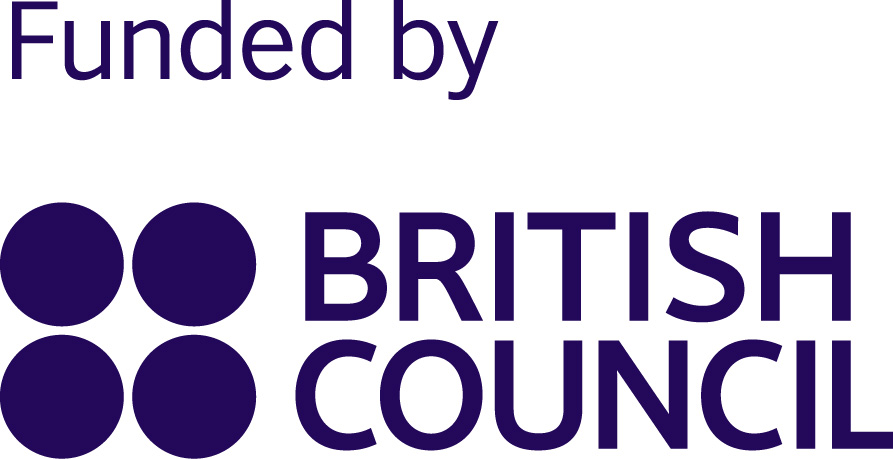Stereotypes and cultural biases have long discouraged women from pursuing careers in STEM (Science, Technology, Engineering, and Mathematics). However, breaking these stereotypes is crucial for creating a more inclusive and innovative field. Here are several strategies to dismantle these barriers and encourage more women to enter and thrive in STEM careers.
- Early education and exposure
Encouraging interest from a young age
Introducing girls to STEM concepts early on is essential. This can be achieved through hands-on activities, science kits, coding classes, and math games that make learning fun and engaging. Schools and parents should actively encourage girls to explore their curiosity in these subjects without gender-based expectations. Research shows that early exposure to STEM significantly influences the likelihood of pursuing these fields later in life (Moss-Racusin et al., 2012).
Role models and representation
Having visible female role models in STEM can profoundly impact young girls’ perceptions of what they can achieve. Schools and communities should celebrate female scientists, engineers, and technologists through guest lectures, career days, and media. Documentaries, books, and articles about successful women in STEM can also inspire and motivate girls to follow in their footsteps.
- Educational reforms and inclusive curriculum
Gender-neutral teaching
Educational institutions should adopt gender-neutral teaching methods and materials that avoid reinforcing stereotypes. This includes using inclusive language and presenting examples that appeal to all students. Teachers should receive training on unconscious bias to ensure they provide equal encouragement and support to all students, regardless of gender.
Curriculum development
Developing a curriculum that integrates STEM with real-world applications can make these subjects more relatable and interesting to girls. Projects that address social issues, environmental challenges, or community needs can demonstrate the impactful and diverse nature of STEM careers. Integrating stories of female pioneers and current leaders in STEM into the curriculum can also help normalize women’s presence in these fields.
- Support systems and mentoring
Mentorship programs
Mentorship programs that pair girls and young women with female STEM professionals can provide guidance, support, and encouragement. Mentors can offer advice on academic choices, career paths, and overcoming challenges, helping mentees navigate the often male-dominated landscape of STEM.
Support networks
Creating support networks and communities for women in STEM, such as clubs, societies, and online forums, can provide a sense of belonging and mutual support. These networks can organize events, workshops, and networking opportunities, helping women build professional connections and share experiences.
- Challenging workplace norms and policies
Inclusive hiring practices
Organizations should implement inclusive hiring practices to attract and retain more women in STEM roles. This includes blind recruitment processes, gender-balanced interview panels, and setting diversity targets. Companies should also offer flexible work arrangements and family-friendly policies to accommodate the needs of all employees.
Addressing bias and discrimination
Workplaces must actively address any form of bias or discrimination. This includes establishing clear policies, providing bias training, and creating safe channels for reporting and resolving issues. Cultivating an inclusive culture where women feel valued and respected is crucial for breaking down stereotypes.
- Public awareness and media representation
Media campaigns
Media campaigns that highlight the achievements of women in STEM can challenge stereotypes and inspire the next generation. Social media platforms, television programs, and advertisements can showcase diverse role models and demonstrate that women are thriving in STEM careers.
Positive portrayals
Encouraging positive portrayals of women in STEM in movies, TV shows, and books can help change public perception. When girls see characters who look like them excelling in these fields, it reinforces the idea that they too can succeed.
Breaking the stereotypes that deter women from pursuing careers in STEM requires a multi-faceted approach involving education, mentorship, workplace reforms, and media representation. By creating an inclusive and supportive environment, society can encourage more women to explore and excel in STEM fields, ultimately leading to greater diversity, innovation, and progress in these critical areas.





